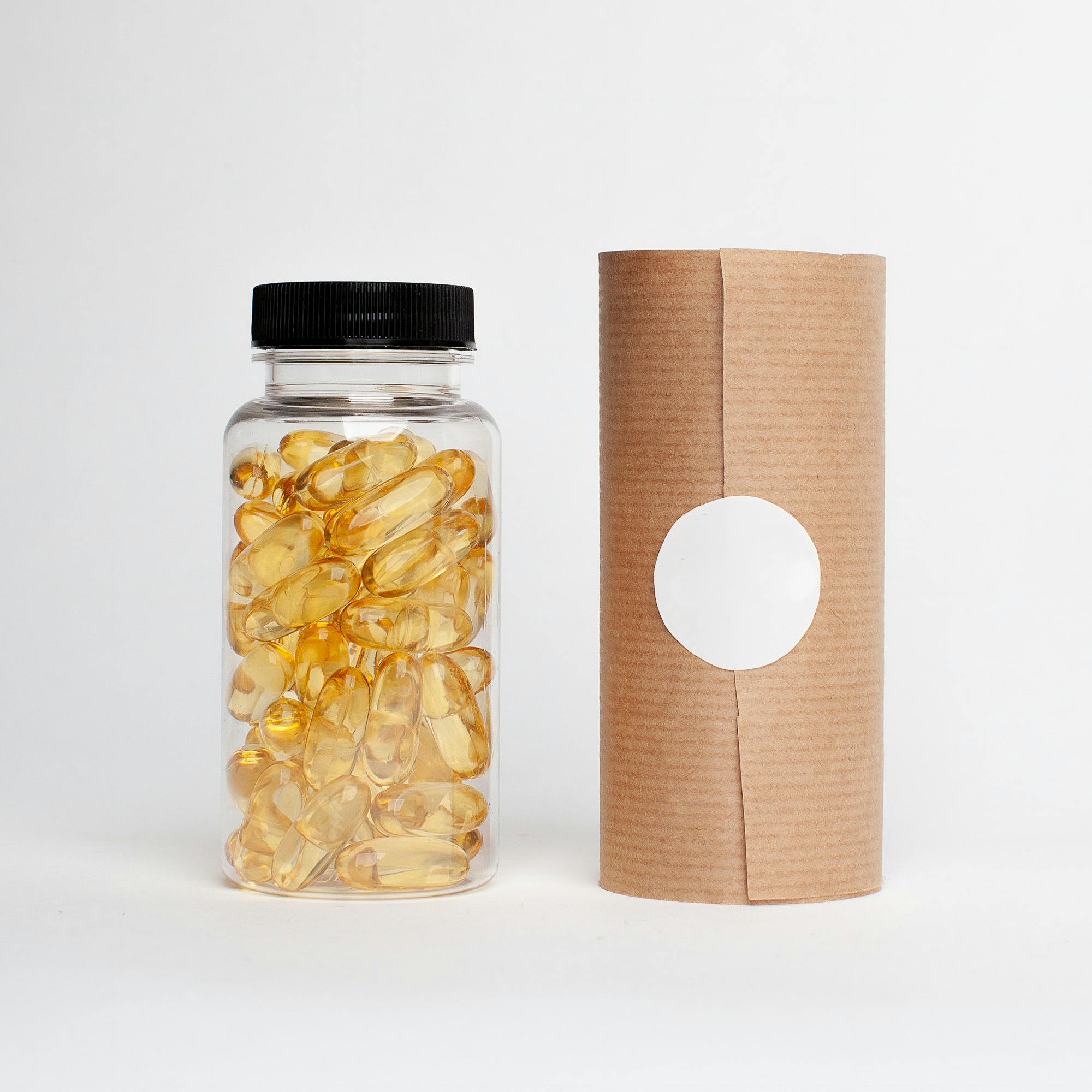
How to Properly Remove Acrylic Nails at Home: A Smart Guide for 2025

Removing acrylic nails can seem daunting, but with the right tools and techniques, you can safely and effectively remove them at home. Understanding the acrylic nails removal process is crucial to avoid damaging your natural nails. In this guide, we'll explore the best way to take off acrylic nails, practical tips for removing them, and the aftercare required for healthy nails.
Understanding the Acrylic Nails Removal Process
The acrylic nails removal process is essential to know if you're considering taking them off at home. Typically, this involves soaking your nails in acetone or finding alternatives to acetone that can effectively dissolve the acrylic overlay. The key to successful at-home acrylic nail removal is patience and not rushing the process. You'll want to ensure the acrylic is adequately saturated, which will help break down the adhesive bonds that keep them attached to your natural nails.
Soak Off Acrylic Nails: Step-by-Step Guide
One of the most recommended methods is the soak off acrylic nails technique. To start, gather your supplies: acetone, cotton balls, aluminum foil, and a nail file. First, file the top layer of the acrylic nails gently to break the seal, which accelerates the soaking process. Next, soak cotton balls in acetone, place them on your nails, and wrap each finger in aluminum foil to keep the acetone from evaporating. Allow them to soak for about 20-30 minutes. Once done, you should be able to slide off the acrylic nails gently with an orange stick or your fingers.
Hot Water Soak Method
If you prefer to avoid acetone, you might want to consider the hot water soak method as an alternative. This gentle method for acrylic nails simply involves soaking your nails in hot, not boiling, water for approximately 30 minutes. This heat helps to loosen the acrylic adhesive. For even better results, you can add a few drops of moisturizing oils to the water, which aids in keeping your nails from drying out during the process.
Using Dental Floss to Remove Acrylic Nails
Another interesting technique includes using dental floss to remove acrylic nails safely. After soaking your nails, if any acrylic remains stubbornly attached, you can gently slide a piece of dental floss at the base of your artificial nail. This method is a bit unconventional but can be effective in breaking the bond without applying excessive pressure that could harm your nails.
Tips for Removing Acrylic Nails without Damage
To preserve the health of your nails while learning how to remove acrylic nails at home, it’s important to follow some key tips for removing acrylic nails safely. Always ensure that your nails are well-prepared before you start the removal process, as poorly prepared nails can lead to more damage and discomfort. It's important to focus on nourishing your nails both during and after the removal process.
How to Avoid Nail Damage
To avoid nail damage, take your time during the removal process. Rushing can lead to tearing the natural nail. Additionally, using high-quality tools and products specifically designed for acrylic nail removal can minimize damage. After the removal, apply cuticle oil daily to strengthen and moisturize your nails, helping to prevent drying and splitting.
Moisturizing Nails Post-Removal
Post-removal nail care is vital. Knowing what to do after removing acrylic nails can help your natural nails recover and remain healthy. Consider applying a nourishing oil or a nail strengthener after the removal process is complete. These treatments can enhance nail regeneration and prevent potential peeling after acrylics are taken off.
Common Mistakes in Acrylic Removal
It's also helpful to be aware of common mistakes in acrylic removal. Many people overlook the importance of proper soaking time and may try to force off the acrylic, leading to severe nail damage. Watching for symptoms of nail damage post-process, such as discoloration or excessive peeling, can also help you determine the effectiveness of your method.
Acrylic Nail Removal Kits: Are They Worth It?
When considering options for how to properly remove acrylic nails at home, many people wonder if investing in acrylic nail removal kits is worth it. These kits often come with acetone, nail files, and other tools that can facilitate the removal process more smoothly, reducing the risk of injury and damage. However, they can also be pricey, so weighing the pros and cons is beneficial.
Acrylic Nail Removal Tools
The right acrylic nail removal tools can make your experience more efficient. Tools like nail buffers, files, and soak-off caps designed for this purpose can simplify acrylic nail removal. Ensure that the tools you choose are made from quality materials that won’t damage your natural nails in the process.
Exploring Alternatives to Acetone
For those who prefer not to use acetone, an increasing number of people are exploring alternatives to acetone for acrylic removal. Options like rubbing alcohol or specialized nail polish removers can be effective, though they might not be as speedy. Always be sure to test any alternative method on a small area first.
Case Study: Effective Acrylic Removal Practices
Let’s look at a case study involving various at-home techniques for acrylic nail removal. Ado to a mix of the hot water soak and acetone, Laura effectively removed her acrylics without experiencing any nail damage using depreservatives. This combination aided in loosening the acrylic effectively while moisturizing her nails. Following her removal, Laura committed to a daily moisturizing routine using nourishing oils that reinforced her healthy nail growth.
Key Takeaways on Acrylic Nail Removal
Removing acrylic nails at home doesn't have to be a hassle if you follow the right techniques. Use acetone or explore alternatives, be patient, and provide your natural nails with the care they need afterward. Investing in quality tools and learning the best practices can ensure a healthy transition back to your natural nails.
FAQ
1. How long to soak acrylic nails for the best results?
Generally, you should soak acrylic nails in acetone for about 20-30 minutes for optimal results. Ensure that you're using the right technique to avoid damaging your natural nails.
2. Can I remove acrylic nails without acetone?
Yes, it is possible to remove acrylic nails without acetone. Alternatives like rubbing alcohol or the hot water soak method can be used, but may take a longer time to be effective.
3. What to do after removing acrylic nails?
After removing acrylic nails, it's essential to moisturize your nails and cuticles. Use nourishing oils or a quality nail strengthener to help restore any potential damage that may have occurred during the removal process.
4. What are the symptoms of nail damage after acrylics?
Symptoms of nail damage can include peeling, discoloration, or brittleness. If you notice these signs, it’s important to implement a nurturing aftercare routine for your nails.
5. Can I get my acrylics professionally removed instead?
Absolutely! If you're uncomfortable removing your acrylic nails at home, visiting a professional salon may provide a safer and more effective solution, ensuring that your natural nails are protected.
